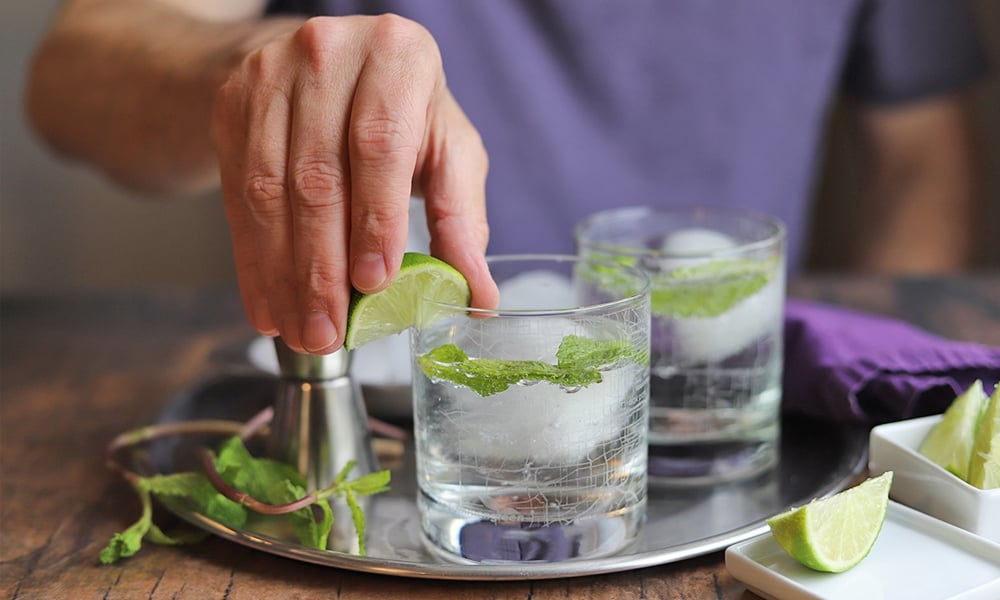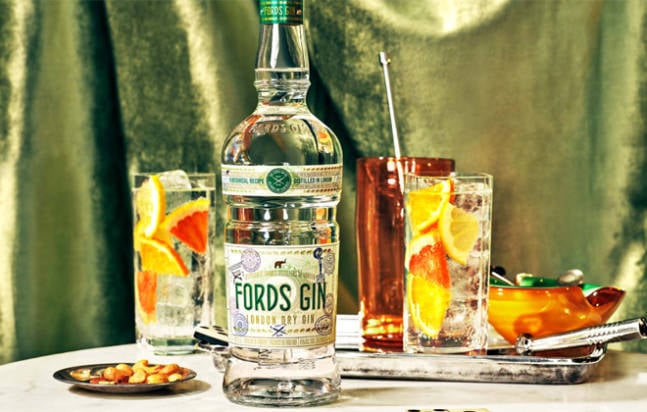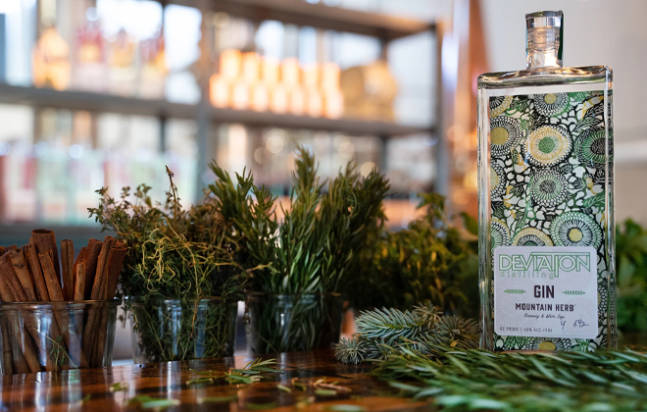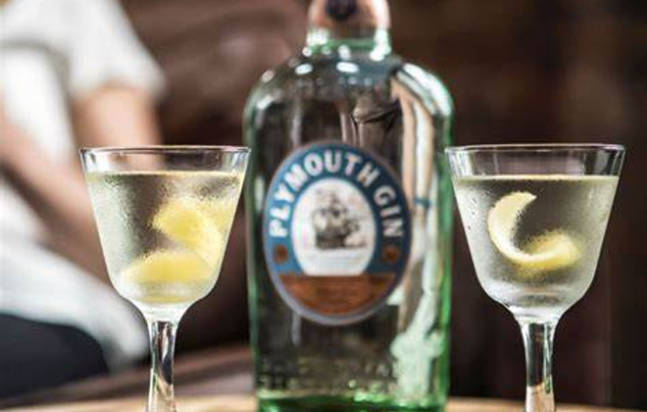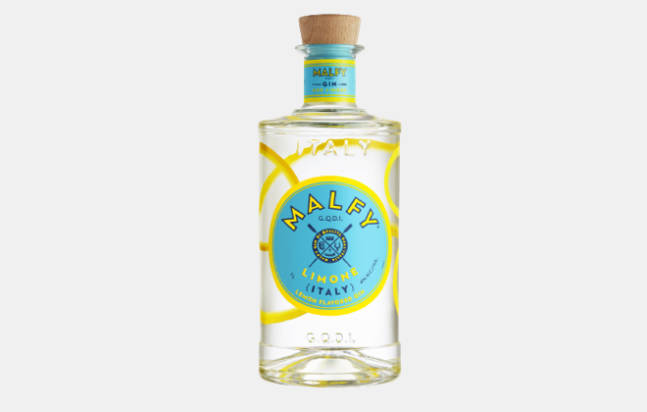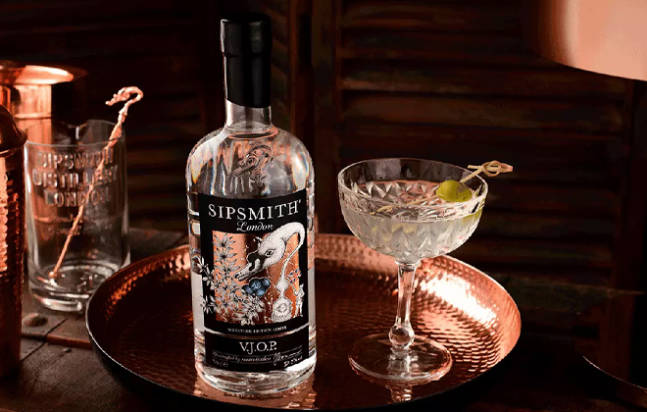There’s never been an easier time to get a fancy cocktail. There isn’t a Ramos Gin Fizz on every menu, but even modest cocktail bars typically have something with four-plus ingredients, special ice, and a dash of secret ingredient bitters. Yet some of the best cocktails are simplicity at its finest. Case in point: the Gin and Tonic.
At its most basic, a Gin and Tonic is exactly what the name implies: gin and tonic. That’s all that’s required for one of the best gin cocktails. The drink dates back to the 1800s when British colonists and soldiers in India were looking for something to make the antimalarial quinine powder more palatable. Mixing their “tonic” (bitter quinine blended with soda and sugar) with the ubiquitous supply of gin was the answer.
The cocktail is solidly on the side of enjoyment rather than health now (as with all booze). These days, there are people who have complicated this simple pleasure with extra ingredients. Sure, there are fancy versions out there with muddled fruits and over-the-top accoutrements. But you don’t have to make any fancy syrups or blends for a good Gin and Tonic. You don’t even need any tools outside of a garnish of your choosing, a glass, and something to stir with. I would argue that there’s variation enough to be found in using different gins (both traditional and non-traditional) and different tonics.
That said, not all Gin and Tonics are made equal. There’s a specific formula for the perfect Gin and Tonic that’s just as easy to put together yet leads to a much better drink.
What Is the Correct Ratio of Gin to Tonic?
Two parts gin and three parts tonic, according to Bob Wiley, co-owner of Deviation Distilling in Denver. The distillery makes culinary-inspired gin and whiskey and runs a bar in Mile High’s Dairy Block.
This Gin and Tonic ratio doesn’t necessarily require any measuring tools, though it doesn’t hurt. It also makes the cocktail incredibly easy to batch or make in large quantities for a party. And once you’ve nailed the ratio, stir gently for the best effect.
What Tonic To Use With Gin?
Tonic is about two-thirds of the drink, so invest in it.
“Step away from the liter-size, generic tonic brand,” Wiley, who uses Fever Tree in Deviation’s taproom, says. “There are some fantastic artisanal tonic brands that really elevate your G&Ts.”
You can’t go wrong with the following tonics:
Rethink Your Garnish and Your Glass
Lime is the traditional Gin and Tonic garnish, and there’s nothing wrong with it. Branching out can keep things interesting cocktail after cocktail, though.
When deciding on a garnish, try matching it to the flavors in your gin of choice. Grapefruit and lemon both compliment citrusy gins, while rosemary and thyme play well with juniper-forward London Dry style gins. The best way to find what works for you is to experiment.
Glassware is another way to add a little flair to a simple drink. A highball glass is the classic Gin and Tonic option, but a cope de balon — which looks like a large bowl on a small and squat stem — allows for extra garnish room and even ice distribution. Is that one of the core types of glassware everyone needs to keep on their bar cart? No, but drink enough Gin and Tonics and you’ll want to add it.
The Best Gins For a Gin and Tonic
Whatever gin you like best is the gin you should try first in a Gin and Tonic. Any of the most popular gins (think Gordon’s, Tanqueray, Bombay, Hendrick’s, etc.) are all good options as well. But if you’re looking for something a little different, you can’t go wrong with these options.
For a powerful Gin and Tonic: Fords Gin Officers’ Reserve
Fords Gin’s limited release, Officers’ Reserve, is a navy strength gin aged and rested in Amontillado Sherry casks for three weeks and bottled at 54.5 precent ABV, paying homage to the traditional use of overproof gin by officers in the British Royal Navy.
For an herbaceous Gin and Tonic: Deviation Mountain Herb
Using the same four-grain mash bill as Deviation’s bourbon, Mountain Herb Gin is a balance of spirit and wild-foraged botanicals from the Rocky Mountains, including native juniper, white sage, rosemary, and spruce tips.
For a smooth Gin and Tonic: Plymouth Gin
Plymouth Gin is technically in its own gin category and is made in Plymouth, England. The botanical blend of juniper, coriander, orange and lemon peels, angelica root, green cardamom, and orris root makes for an easy drinking (and crowd pleasing) gin.
For a citrusy Gin and Tonic: Malfy Gin Limone
Inspired by the famous lemons of Italy’s Amalfi Coast, Malfy Gin Limone brightens up any drink and is perfect for a citrus-forward Gin and Tonic.
For the most juniper forward Gin and Tonic: Sipsmith V.J.O.P.
Billed as the “ginniest” gin on the market, V.J.O.P. stands for “Very Junipery Over Proof Gin.” Along with the high juniper it has a high alcohol of 57.7 percent ABV, doubling down on bringing all of the biggest flavors to your Gin and Tonic.
Learn More
